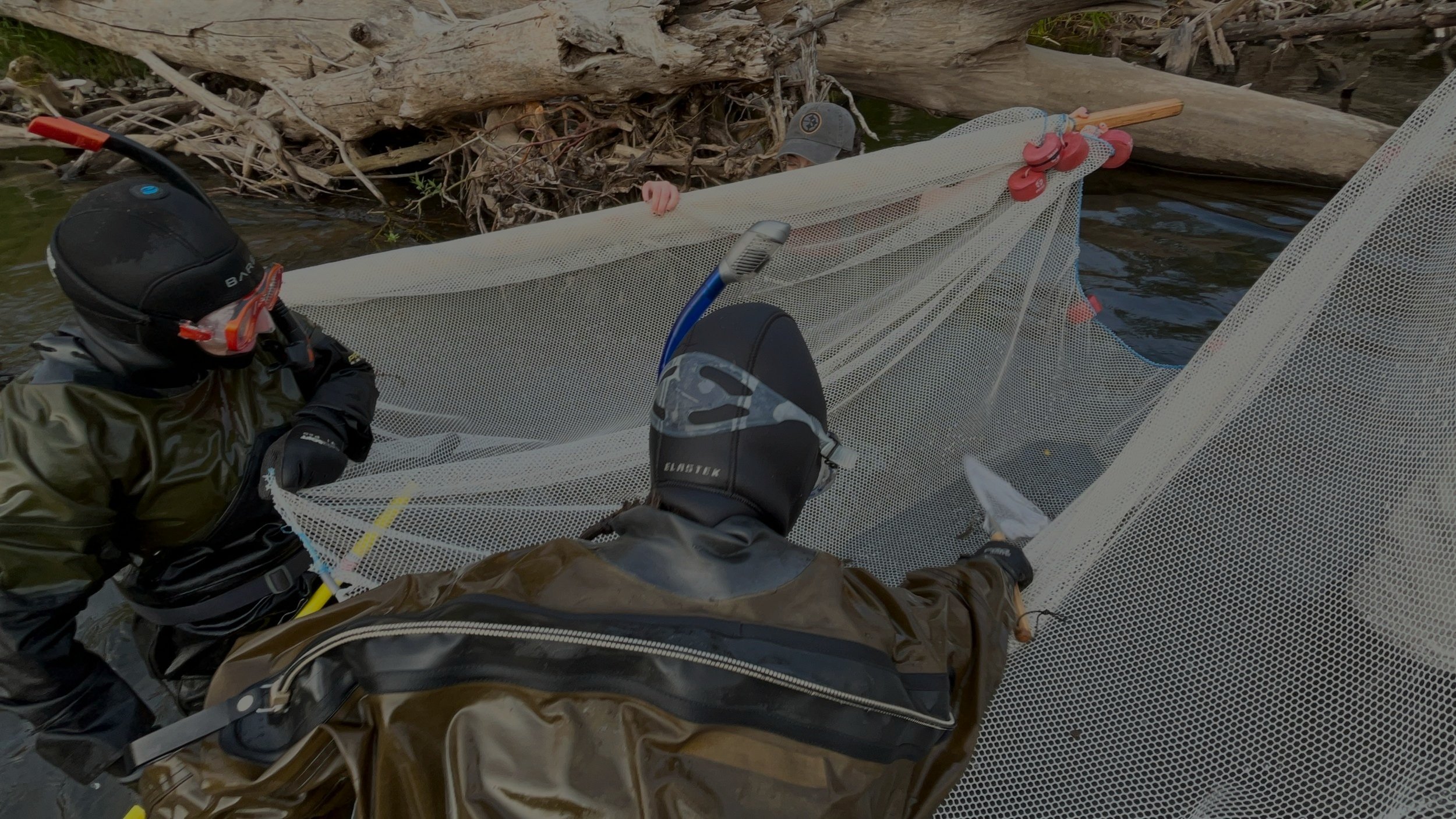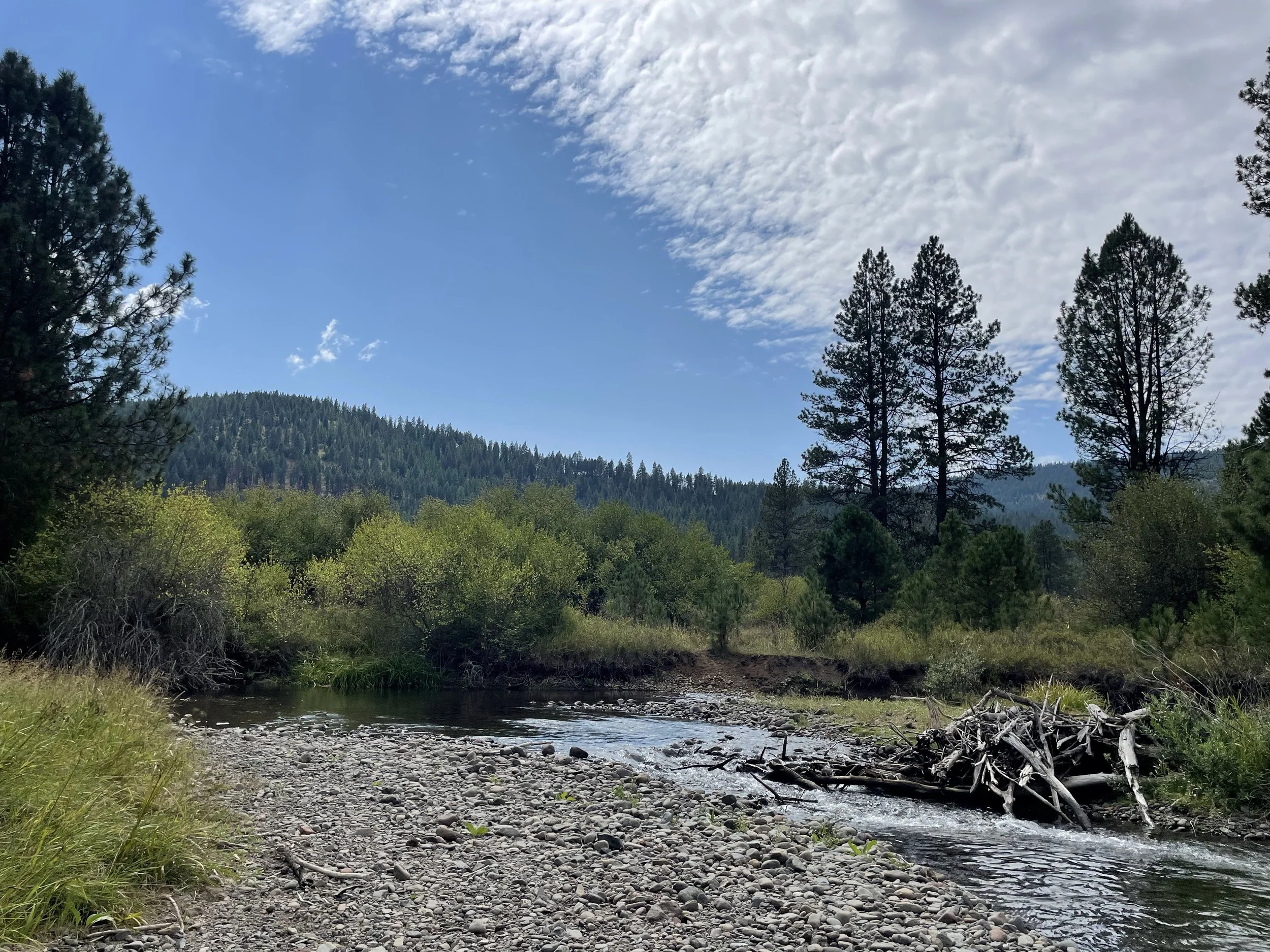
About the FBL
We are a research lab in the Fisheries, Wildlife, and Conservation Sciences Department at Oregon State University in Corvallis, Oregon, USA. We are an evolving group of students, research assistants, and post-docs pursuing salmonid research through the lens of fish behaviorscapes.
What is a “fish behaviorscape”?
The term “behaviorscapes” was coined in a 2014 publication that elucidated the benefits of studying animals, particularly fish, within the context in which they are found and with an aim to understand mechanisms for observed patterns. Fish ecology is a discipline that explores how fish interact with each other and their environment often at small scales in space and time. Behavioral ecology is a field of study that incorporates the decisions that fish make in response to stimuli but often lacks the perspective that fish are constantly interacting with a complex environment. Landscape ecology is rooted in understanding the patches and connectivity of a landscape as a continuous environment in which fish are interacting, with a limited perspective of the way that behavioral nuances drive distribution and abundance.
While they all have their strengths, we argue that combining the disciplines expands the scope of understanding because it has a better chance of elucidating mechanisms linking organisms to the complex environments in which they actually live. Designing studies with this approach in mind lends well to the ability to apply findings to management efforts that is place specific and aware of the dynamic nature of riverscapes over time.
We approach research questions with the following principles:
Study fish populations or communities in natural conditions
Account for landscape and riverscape context
Incorporate refined understanding of fish behavior
Forge linkages between individual behavior and population or community demographics
White et al. 2014
White, S.M., Giannico, G., Li, H., 2014. A ‘behaviorscape’ perspective on stream fish ecology and conservation: linking fish behavior to riverscapes. WIREs Water 1, 385–400. https://doi.org/10.1002/wat2.1033


